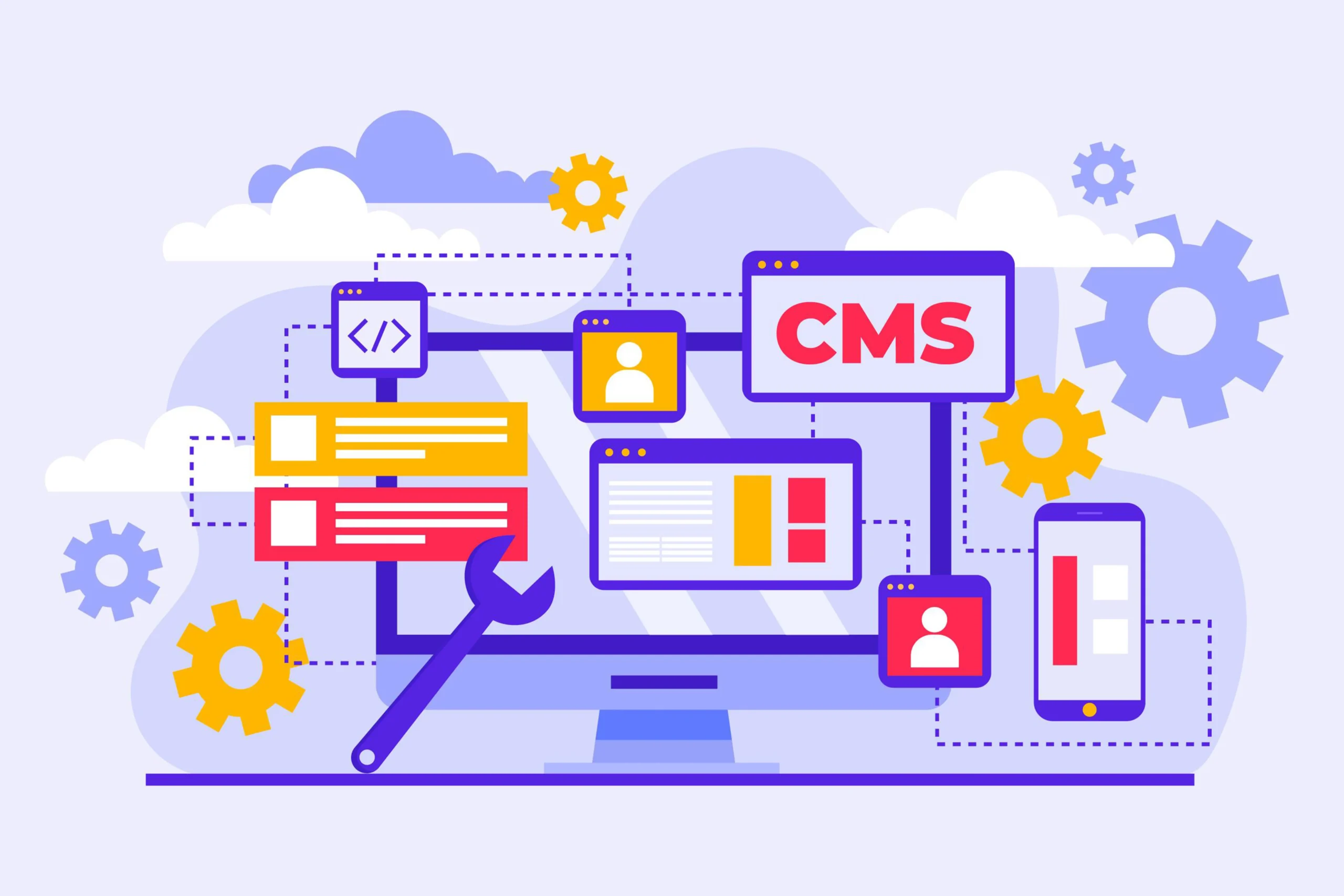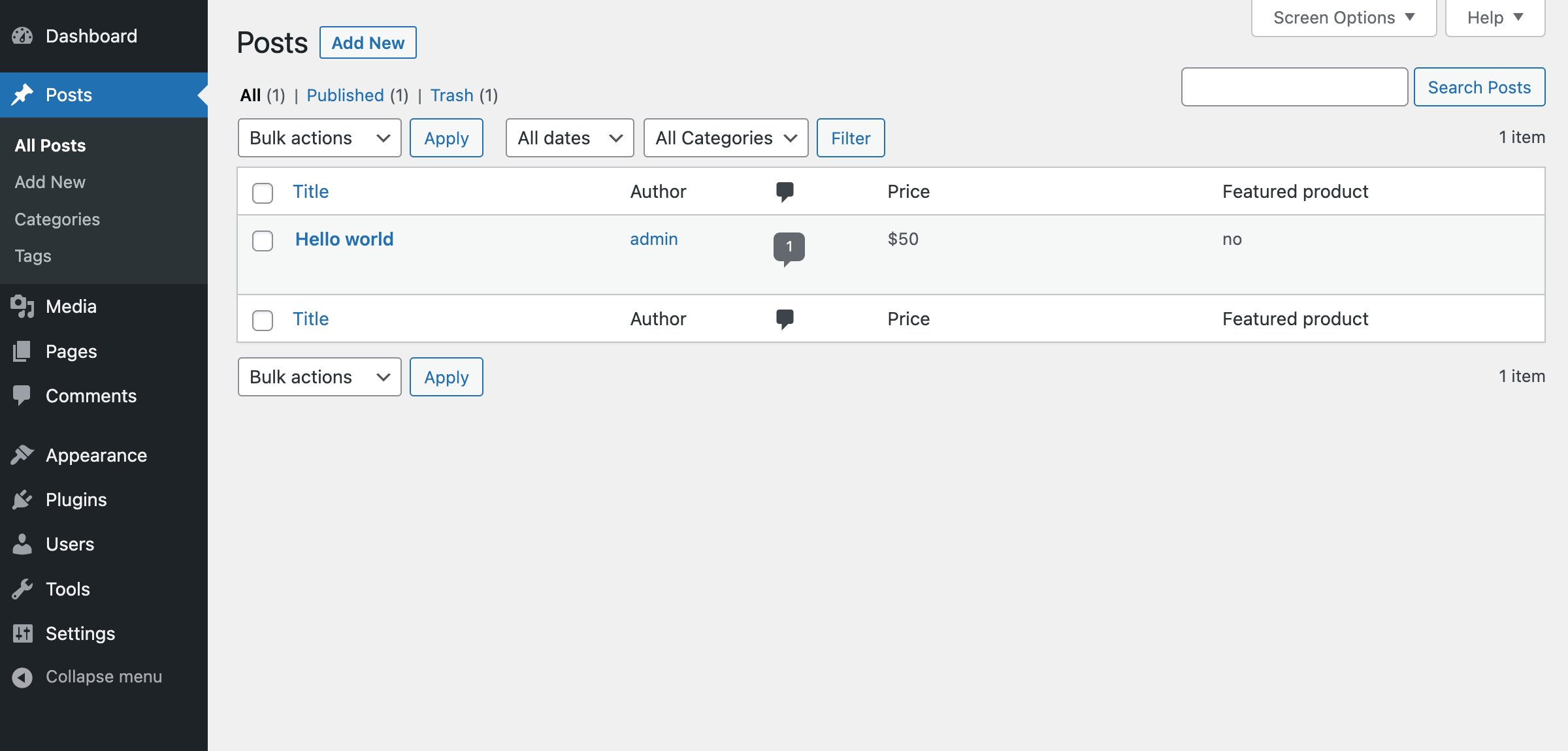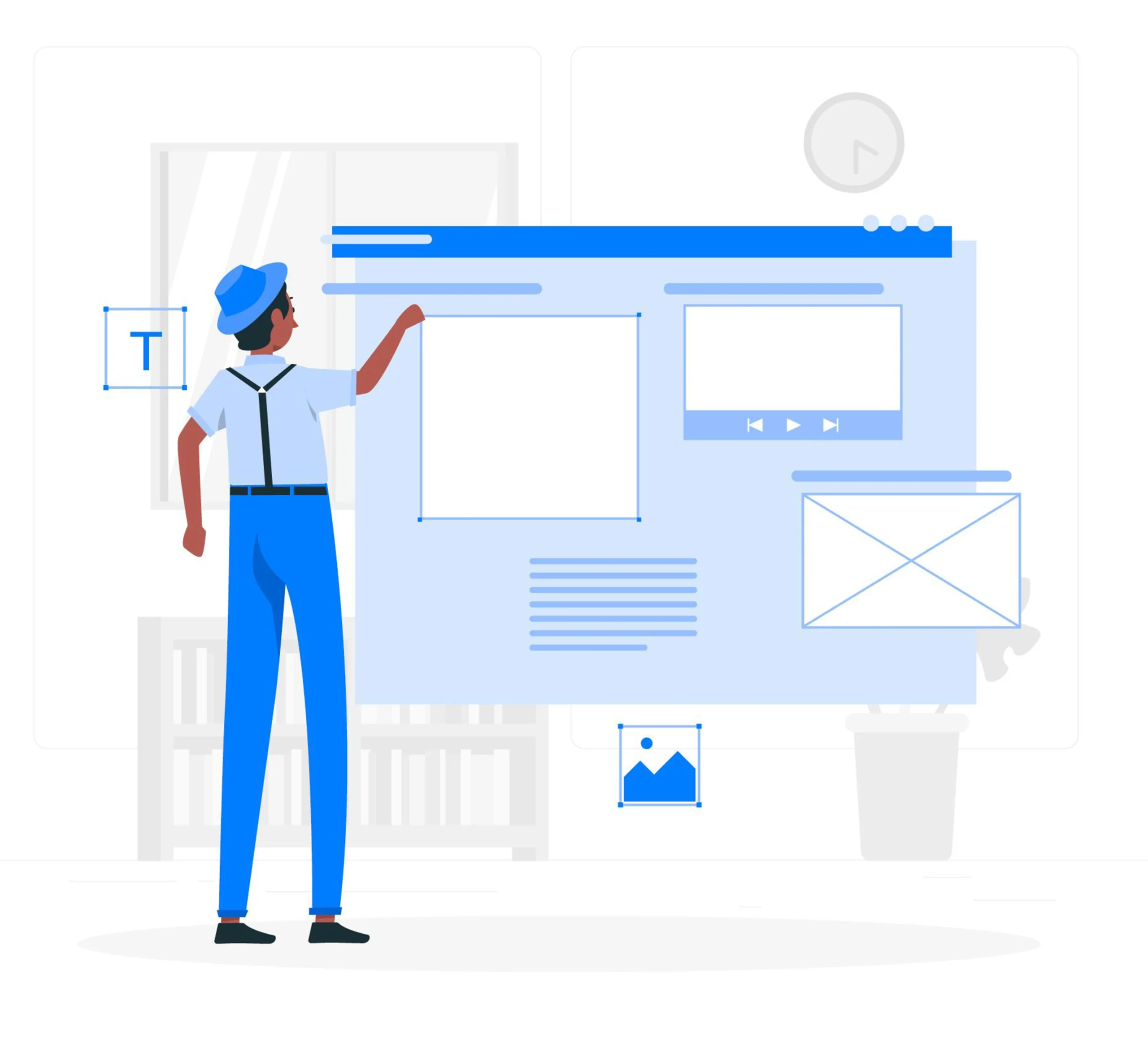Picking a Content Management System: a Beginner’s Guide

Have you noticed how many businesses’ websites have a blog section now? Having a blog section on your businesses’ website is a great way to separate yourself from your competitors and generate more clicks and conversions. Not only that, but it makes people more aware of your brand, too. Let’s say someone is searching for information about something, and they click your blog article about it. Now, they know your brand, since that’s where they got the information from.
This is great, but how exactly do you go about making a blog section for your website? Well, here’s where content management systems (CMS) step in. A CMS is an easy and efficient way for your business to start a blog on it’s website. Let’s look a little further into the world of CMS together!

What is a CMS?

Something notable about CMS is that it allows businesses to build and run a website while having little to no coding skills. A CMS makes tasks related to website building simple and easy, sparing businesses from extensive technical overhead and the costs of staff for full-time content development.
Because of how easy it is for anyone to use a CMS, it encourages a collaborative environment among staff; anyone can use it. By making use of workflows, businesses can assign staff to specific roles, allowing them to use the CMS to create their own work.

How do CMS work?
Well, at it’s core, a CMS is built up of two separate parts: the front end and the back end. Let’s go over it together.
The front end of a CMS, also known as the content management application (CMA), deals with the visual build of a website. The front end is made with various coding languages like HTML and JavaScript, and it dictates the visual structure and design of your business’ website. While the mention of coding languages in the CMA may sound intimidating, don’t worry. CMS is built to minimize the reliance on CMA developers, so you’ll only be dealing with it rarely once it has been set up.
The second half of a CMS is the back end, also referred to as the content delivery application (CDA). It’s through the CDA where you’ll find all the applications you’ll need to format and upload content to your website. The CMS is a very basic builder, similar to a Word document. It comes with tools that allow you to easily build your content, such as text boxes for titles and headers, images, and anything else you may need. When you’re finished in the CDA, you can publish your article, where it will be visible in the CMA, formatted to fit exactly how you set it to be.
You could think of it like a structure, where the CMA is the skeletal support that holds everything together in the right shape, and the CDA is everything inside the structure, giving it substance. The handy, two-in-one format of CMS makes it very easy for businesses to use. While we’re here, why don’t we take a look at some of the benefits that come with using a CMS?

Benefits of CMS
There are many benefits that come with using a CMS. Here are just a few of many.
-
- CMS provides great support for collaboration between teams. It does this by using workflows, like we’ve discussed previously. This makes it easy for each individual to function together and know what they have to get done, as well as for the manager to oversee and make sure everything is running as it should.
- CMS reduces costs. Having an easy way for your business to build and maintain your own website can drastically cut down on the costs that it would take to outsource that work. Additionally, once your team is finished with the front-end of your website, you can save costs on developers that know programming languages and have them focus on other areas that your business may need.
- It’s easier for content to remain consistent. Consistency is very important for any business, as this relates to your brand image. If one blog post is written in one font, and another is written in a different font, it will be off putting to an end user. With a CMS, everything is already set up for you, so the people who are running the back ends and creating content will not have to worry about inconsistent visuals and design.
- A CMS can help improve productivity among staff. When people are preoccupied with difficult tasks, like learning to code, it’s easy for the task to become a bottleneck, halting productivity. However, CMS interfaces are very easy for anyone to understand, helping to maintain and improve productivity among staff as they can finish their tasks with ease.
So there you have it, some of the many benefits that come with CMS. Now that you’ve heard everything about it, you might be wondering: how can I use it for my own business? First, you’ll have to decide which CMS you’ll want to use!

Which CMS should I use for my business?
Before you begin, it might help you to write down a list of requirements that you’ll need in an ideal CMS. Some things you can consider is the budget, which will cover things like domain names and the hosting fees, as well as what sort of content you’ll be working with; different CMS may work better depending on what you’ll be posting.
Now that you have a list, let’s go over the different types of CMS available for you.
-
- Coupled CMS. In a coupled CMS, the front and back ends are both accessible to the user. Typically, a user will create content in the back end of the CMS, and then it will be sent forward to the front end, already in format. Content is stored online with web hosting.
- SaaS CMS. A Saas CMS is exactly like a coupled CMS, in which the user will create content in the back end and then have it sent to the front end. The major difference between the two is that rather than web hosting, Saas content is stored in the cloud, which also negates the need for setup and installation.
- Decoupled CMS. In this type of CMS, the front and back ends are separate from each other. A decoupled CMS will use an application programming interface to allow users to edit the backend of the website. This is more complex than a coupled or SaaS system, but it also allows more flexibility and gives users the ability to edit even more. It also supports more than a coupled or SaaS system does.
- Headless CMS. In this type, only the back end is accessible. From the backend, users access the front end, which will have to be built custom for your business. A headless CMS requires a lot more work than the three previous options in exchange for total customization and flexibility. Even though it’s more work, it may be a good option for businesses looking for the extra control, since it can do wonders for the brand identity.

Final thoughts






